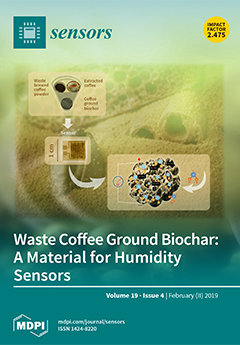Corrosion of main steel reinforcement is one of the most significant causes of structural
deterioration and durability reduction. This research proposes a two-level detection strategy to
locate and quantify corrosion damage via a new kind of long-gauge fiber Bragg grating (FBG) sensor.
Compared
[...] Read more.
Corrosion of main steel reinforcement is one of the most significant causes of structural
deterioration and durability reduction. This research proposes a two-level detection strategy to
locate and quantify corrosion damage via a new kind of long-gauge fiber Bragg grating (FBG) sensor.
Compared with the traditional point strain gauges, this new sensor has been developed for both
local and global structural monitoring by measuring the averaged strain within a long gauge length.
Based on the dynamic macrostrain responses of FBG sensors, the strain flexibility of structures are
identified for corrosion locating (Level 1), and then the corrosion is quantified (Level 2) in terms of
reduction of sectional stiffness of reinforcement through the sensitivity analysis of strain flexibility.
The two-level strategy has the merit of reducing the number of unknown structural parameters
through corrosion damage location (Level 1), which guarantees that the corrosion quantification
(Level 2) can be performed efficiently in a reduced domain. Both numerical and experimental
examples have been studied to reveal the ability of distributed long-gauge FBG sensors for corrosion
localization and quantification.
Full article






